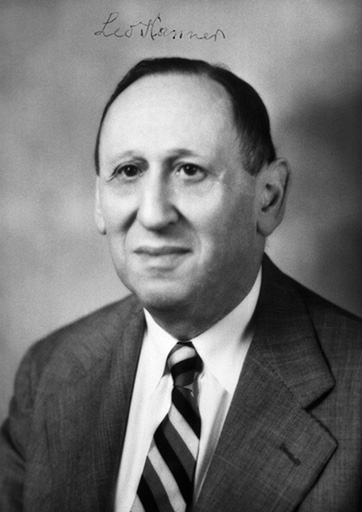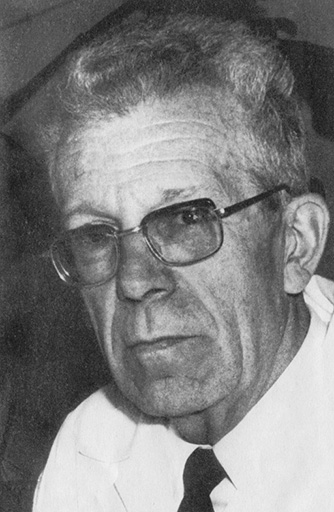6.1 1940s: the pioneers
Leo Kanner, an Austrian-born immigrant to the USA, pioneered the application of psychiatry (the branch of medicine that deals with the mind) to psychological problems in children. In 1943, he published one of the first known accounts of autism, based on his case studies of 11 children referred to his clinic (Kanner, 1943). He identified language problems; atypical use of non-verbal communication, such as eye gaze and gesture; narrowly restricted interests and a desire for sameness; and atypical reactions to sensory stimuli. The children’s apparent aloofness and isolation from the human world led him to coin the phrase ‘autistic aloneness’. ‘Autism’ comes from the Greek word ‘autos’ for self, and means being absorbed into oneself. To Kanner these shared features of behaviour suggested a
The second autism pioneer was Hans Asperger, a paediatrician working in Vienna during the same period as Kanner was active in the USA. In a paper published in German, Asperger described a behaviour pattern very similar to Kanner’s description, which he called ‘autistic psychopathy’ (Asperger, 1944). ‘Autistic’, as for Kanner, referred to the children’s aloneness and self-absorption, while by ‘psychopathy’ Asperger meant a psychiatric disorder affecting the personality. Asperger highlighted important features in common with Kanner’s case studies, yet the children he described seemed less disabled than Kanner’s group, generally having fluent speech and vocabulary, even if they used it oddly. They tended to talk at length about their favourite topic or interest. Rather than seeming unaware of the existence of others, their reactions to others appeared strange and antisocial. Asperger’s work was for many years not widely known outside Austria. It was only in the 1980s that psychiatrist Lorna Wing highlighted the remarkable similarity between Asperger’s and Kanner’s clinical observations and ‘Asperger syndrome’ was recognised as a diagnostic sub-type of autism. Wing also introduced the term ‘autism spectrum’ to reflect the variation on the core symptom profile.


